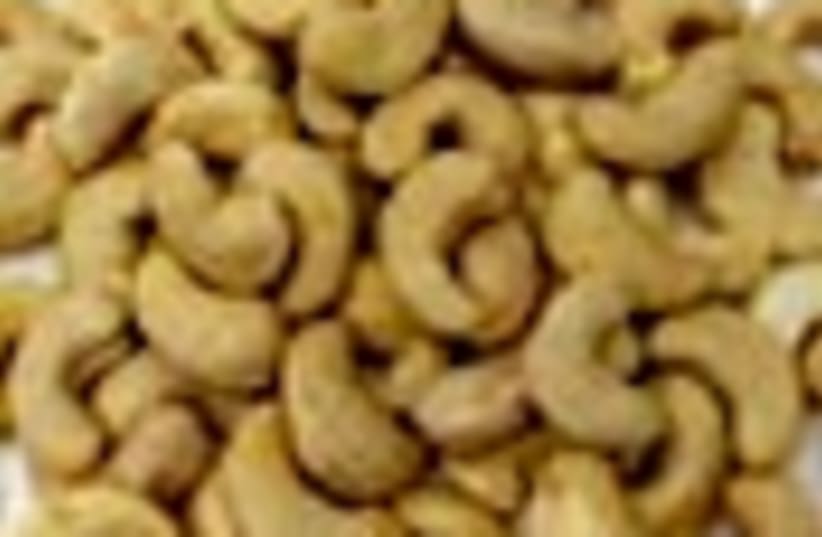| More about: | Diwali, White House, Sri Lanka, California |
Cashews flavor Diwali celebrations
Diwali, the Festival of Lights, is the most important Hindu holiday and marks the beginning of the Hindu new year.


| More about: | Diwali, White House, Sri Lanka, California |